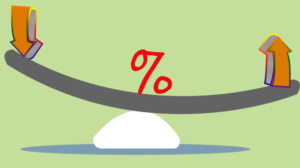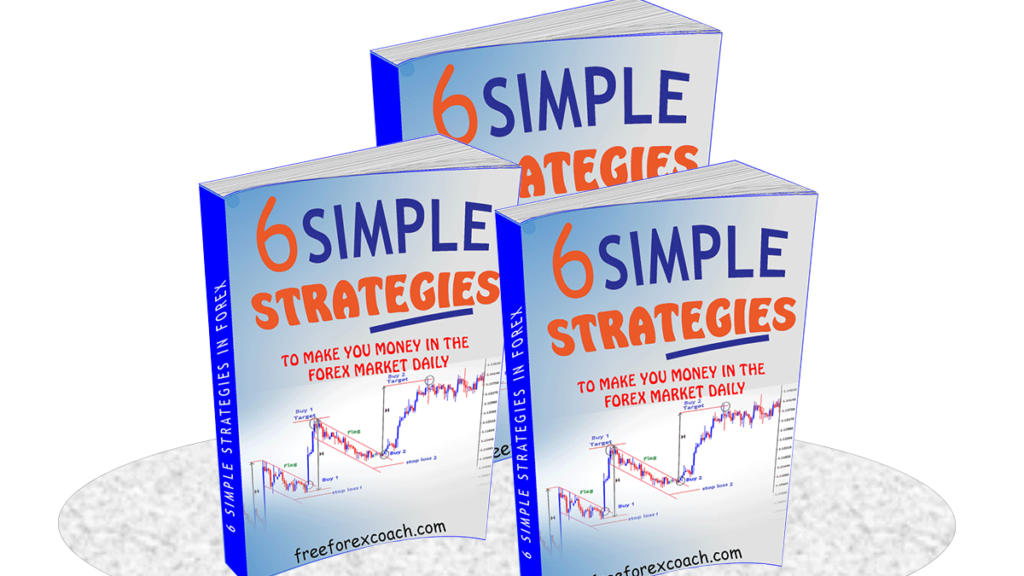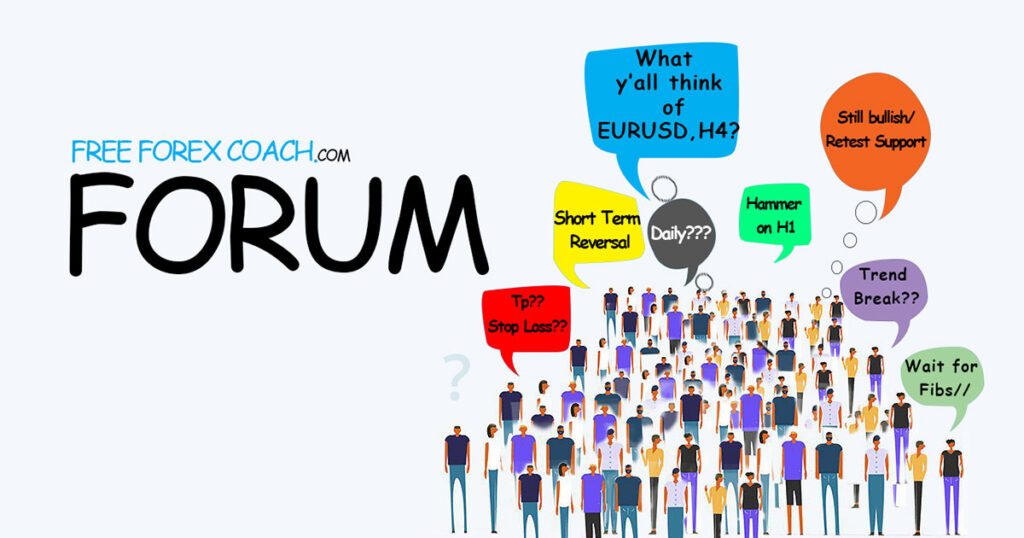Interest rates in forex are the most important factor in determining the currency value.
The Central bank commonly use interest rate for price stability and to curb down inflation.
The fact that Forex trading involves the trading of currencies, interest rates have a direct impact on the forex market.
What is interest rate
We shall look at interest rate inform of saving and borrowing.
Saving/ deposits interest
Interest on savings is the return received from saving your money with the bank or any financial institution.
Loan interest
Interest on borrowing is an extra amount you pay to lending institutions/banks
for borrowing money from them.
How Interest Rates Affect Spending
Every time you borrow money, you pay an interest in addition to the amount borrowed.
Interest rates affect people’s decisions on whether to save or spend their
money.

Usually, when interest rates are high, people tend to save more with the bank .
This reduces personal expenditure and consumption in the economy.
On the other hand, when it comes to borrowing, it becomes more expensive for people to borrow money from banks/ financial institutions.
This also leads to less expenditure in the economy.
This is likely to affect general consumption and investment in the economy.
On contrary, when interest rates are low, people save less because the expected return is also low.
Most of the money is spent on consumption hence increase in demand in the economy.
In addition, when it comes to borrowing, low interest rate makes borrowing cheap and affordable.
As more people borrow, money increases in people’s possession, consumption and expenditure becomes cheap too.
This also increases demand on the market.
How does interest rate affect Currency
When the Central bank hikes interest rates, its aim is to restrict/ reduce the amount of money circulation. This may result to increase in prices hence strengthening the domestic currency.
High interest rates also attract foreign investors looking for high yield returns on their investments.
This creates more demand for the currency in question which leads to increase in its value.
During the period when interest rates are raised, we see big price movements in the Forex market on the bullish side due to more buyers investing in the currency in question.
On the other hand, when the interest rates are cut, the cost of borrowing becomes cheaper and low incentive to save.
Low interest rates increase the amount of money in circulation to spend. More money available increases expenditure(demand) over less supply hence increase in prices.
The continuous increase in prices of goods and services is inflation. As a result the currency loses value.
At the same time, the foreign goods will become expensive due to the loss of value in the currency and if this continues may lead to hyper inflation in a long run.
Forex traders will not feel safe to hold their money in a losing currency therefore are likely to sell it off and opt invest in a higher yielding currency.
As a result,the currency is likely to fall strongly(bearish movement) on the Forex market.
Major sources that release Interest rate announcements are listed in the table below
Major sources of interest rate release announcements

The Central banks adjusts interest rates in forex when necessary to stabilize prices and improve on the economic growth.
Both high and low interest rates are needed in the economy for stability and growth.
Well investors use interest rates to determine the more viable ventures that can accrue profits on their investments and savings
Nominal interest vs Real interest rate
Nominal interest rate is the rate at which you borrow money from your bank before deducting inflation rate.
The Central bank sets nominal interest on which commercial banks operate.
For example, if you borrow $100 at a 3% interest rate, you are expected to pay back $100 with $3 as interest without taking inflation into consideration.
To get real interest rate, you have to reduce the nominal rate by inflation rate.
Real interest rate = Nominal interest rate-Expected inflation
If the nominal interest rate is 10% and the expected inflation rate is 5.5%,
The real interest rate will be; (10%-5.5% ) = 4.5%.
A 5.5% inflation rate means that an average basket of goods to be purchased this year is 5% more expensive when compared to last year.
The real interest rate measures the percentage increase in purchasing power the lender receives when the borrower repays the loan with interest.
From the above example,
the lender expected to earn 10% interest. However, because inflation rose to 5.5% over the same time period, the lender actually earned only 4.5% in real purchasing power.
If you are investing in currencies and securities e.g bonds its face value can be affected by inflation.
What do I mean?
if the nominal face value of a bond is 9% but the annual inflation is 7%, that means its real yield would be 2% on the market price.
In this case,the best choice for an investor is to hold the bond till it appreciates again or matures either to its normal value or above. If he or she misses out to sell before inflation.
How procrastination can affect your trading success?
Procrastination to trade is when your trading set up confirms and you hesitate to take trade. Or your trade show all failing signals and you hesitate to close trade to cut losses. Also, in cases, where you sometimes hesitate to take profit because you want to...
- Oh, bother! No topics were found here.



